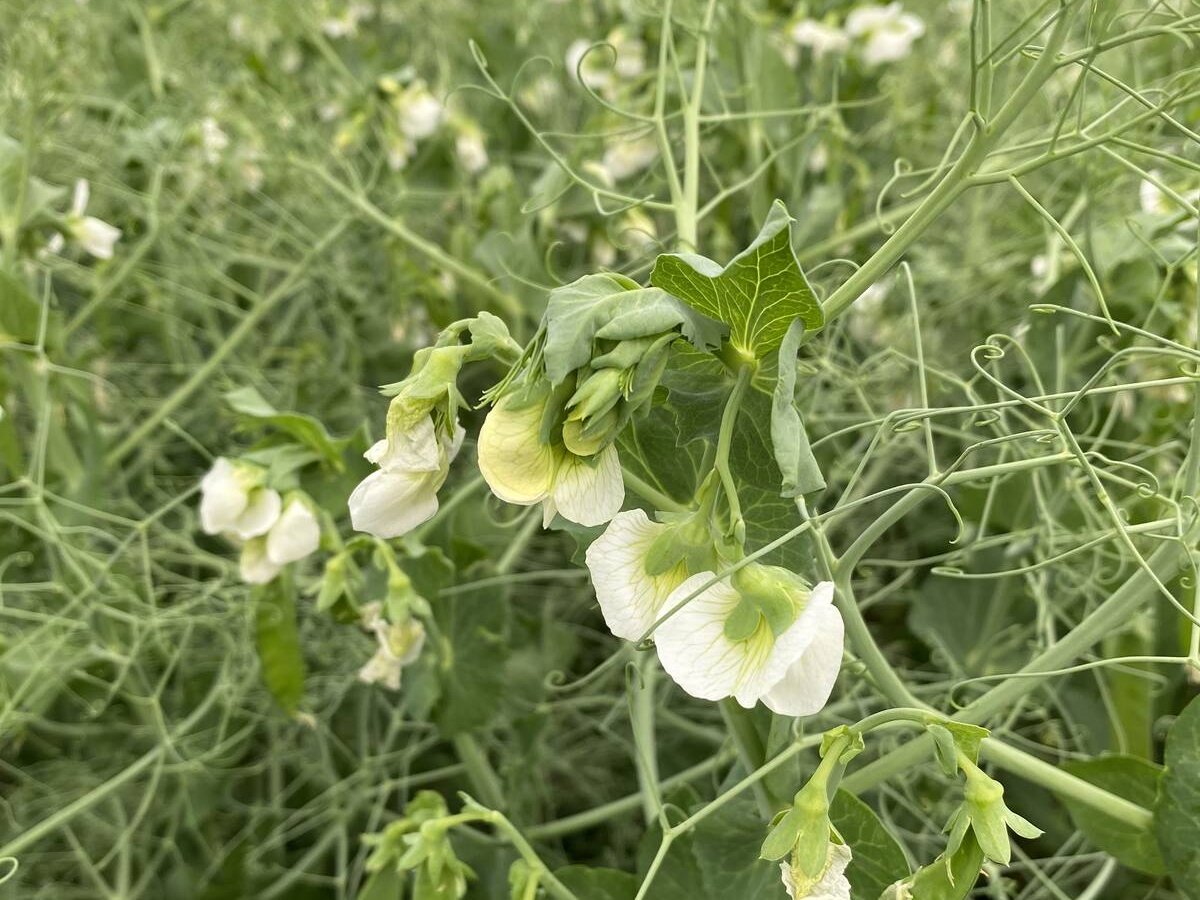A quick glance at the Pulse Days 2005 agenda shows scant mention of dry edible beans, a crop once touted as Saskatchewan’s “sleeping giant” at the same conference.
In his 2001 Pulse Days speech Garth Patterson, executive director of Saskatchewan Pulse Growers, told producers it would not be unreasonable to see 100,000 acres of pinto, black and small white beans by 2005.
One year later he said the newly released CDC Pintium pinto bean would “open up the industry” and lead to $100 million of dry bean production in the province within five years.
Read Also

India slaps 30 per cent import duty on yellow peas
India has imposed a 30 per cent duty on yellow pea imports with a bill of lading date on or after Nov. 1, 2025.
Fast-forward to 2004, a year in which Saskatchewan growers seeded an estimated 10,000 acres of beans, half of which were grown on irrigated land. Production still lingers at 7,000 tonnes, the same level it was at four years ago when the hype started to build.
That has Patterson rethinking his ambitious projections.
“We’re struggling to grow the industry,” he said in a recent interview.
Saskatchewan Agriculture special crops specialist Ray McVicar offered a similar assessment.
“It has been a disappointment. Both the growers and the provincial government have invested a lot of money in bean research over the years hoping that we would be at those (predicted) levels by now.”
Patterson still believes that CDC Pintium, a high yielding and early maturing variety that is well adapted to Saskatchewan growing conditions, still has the potential to expand the province’s bean industry. But that will happen at a slower pace than he and many other analysts first thought.
“We’ve really suffered a setback in beans. It’s going to be slow and it is going to be long term, we’ve realized.”
Part of the reason why acreage hasn’t expanded is that beans are a finicky crop to grow and as demonstrated by last year’s production wreck in Manitoba, they are quite susceptible to wet and cold weather.
Patterson said the pulse industry needs to rethink its bean strategy. He is already pushing for a shift in research priorities toward providing growers with fertility, weed control and pest management advice specifically tailored to new varieties coming out of breeding programs.
McVicar thinks the solution may be more market oriented.
“I know the last couple of years the bean prices have been very low in their cycle and that has certainly taken some of the interest away from growers.”
He noted that bean acreages in surrounding states and provinces have taken a serious nosedive since 2002. In North Dakota they have fallen 29 percent, in Montana 32 percent and in Manitoba acreage dropped 37 percent between 2002 and 2004.
“It has been bad timing, I guess. The variety came out, then the market plummeted and we just didn’t see the expansion,” said McVicar.
But with the dramatic turnaround in North American bean economics, 2005 could be the year when CDC Pintium realizes its potential.
Bean production levels in Canada and the United States plunged 22 percent in 2004, which will put upward pressure on prices and plantings in 2005, according to Agriculture Canada’s market analysis division.
“Perhaps this is the year we will see the major expansion in beans,” said McVicar.
Patterson is no longer making specific projections on acreage and production levels but the goal remains to break into beans, which is the world’s most heavily traded pulse crop.
“The question is how,” he said.















